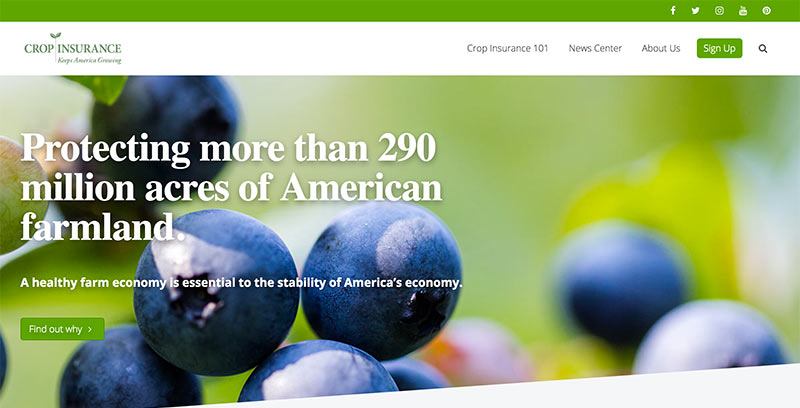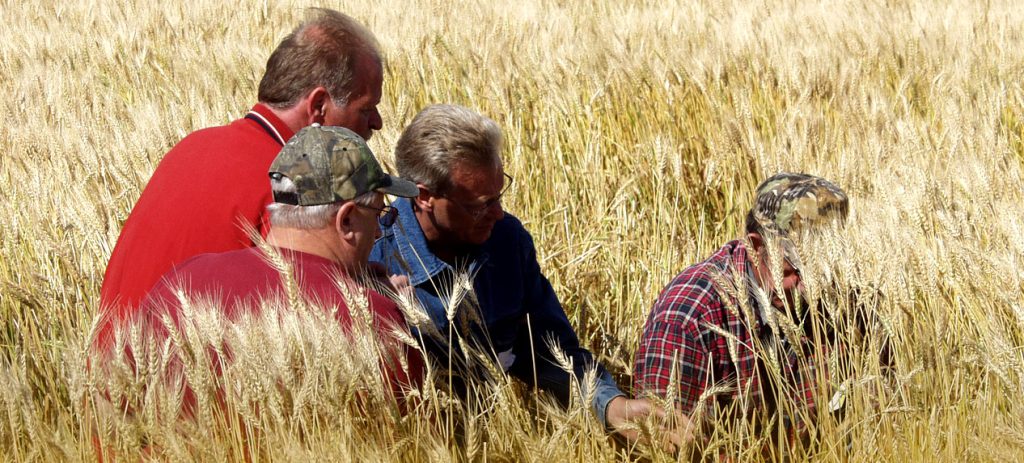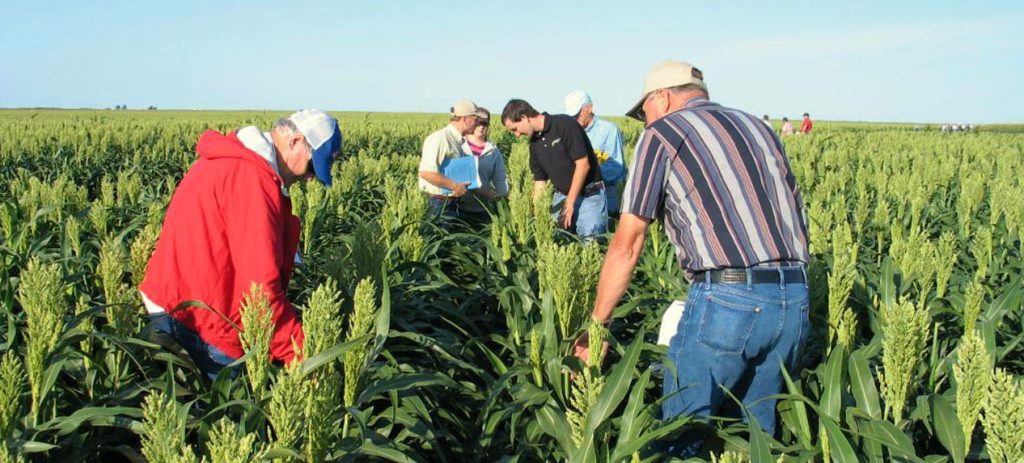As Farm Bill Discussions Get Underway, NCIS Unveils Updated Website

National Crop Insurance Services (NCIS) is pleased to announce it has updated and redesigned the award-winning Crop Insurance in America website.
Don’t Throw Specialty Crops Under the Bus
It’s wonderful to extol the benefits of fresh fruits and vegetables, to urge them to be made more available in our schools and restaurant menus and to fight to better educate the public about the growing body of research that shows fruits and vegetables are critical to promoting good health. But what about fighting for […]
Crop Insurance Saved Taxpayers $10.4 Billion Since 2002

Federal crop insurance has come in under budget every year since 2002 – the last year of major revisions to the program – saving taxpayers more than $10.4 billion in projected spending, according to a new analysis of Congressional Budget Office (CBO) data. The savings, taken as the difference between the projected cost of the […]
Crop Insurance A Key to Credit Access, Bankers Tell House Subcommittee

Several witnesses representing key agriculture lending institutions and credit agencies told members of the House Agriculture Committee’s Subcommittee on Department Operations, Oversight, and Credit that access to credit is essential for farmers and crop insurance plays an important role in that access. The hearing, held May 10, went largely unnoticed but is pertinent given the […]
Crop Insurance: No Good Deed Goes Unpunished
When the levees broke and the floodwaters came rushing toward many Midwest towns, government officials asked me to make an enormous sacrifice. They needed soil from my farmland to extend and build up a levee to hold back an unprecedented wall of water. If I said yes, it would save millions of dollars for businesses, […]
What Does 2012 Hold for Crop Insurance?

With 2011 indemnities quickly approaching the all-time record of $10 billion, and farmers preparing to plant another impressive crop just months after the worst weather year in U.S. history, the current crop insurance system is earning high praise from agricultural leaders and lawmakers alike. But in a new peer-reviewed analysis that appeared in January’s Choices […]
Nation Cotton Council CEO Says Key Crop Insurance Strength Is Private Sector Delivery

While a record amount of indemnities – approaching the $10 billion mark – are being paid to farmers for 2011, one of the key aspects of crop insurance that makes it a favorite among farmers is its private sector delivery, which sets crop insurance apart from all other policies, said Mark Lange, president and CEO […]
Kansas Farmer: One Size Doesn’t Fit All When it Comes to Risk Management

When it comes to risk management, one size does not fit all, said Kansas farmer Jay Armstrong during a recent radio interview with the National Association of Farm Broadcasters that ran nationally in early December. Armstrong noted that his 2,700-acre family farm is split between upland and bottomland. In years of drought, the upland withers […]
Crop Insurance: Private Sector Participation Enhances Policy Efficacy
Most would agree that the private sector excels at some tasks while the government is better-suited for others. This melding of the private and public sectors has yielded a crop insurance policy with affordable premiums, personalized risk management solutions and a private delivery system that puts needed monies into the hands of farmers when timing […]
Living on a Prayer
By John Thamert Agriculture is collectively holding its breath as the “super committee” meets to determine where the $1.2 trillion worth of federal budget funds will be cut. Having already shouldered more than $12 billion in cuts for deficit reduction in the past several years, farmers and ranchers feel the pain that other sectors have […]

